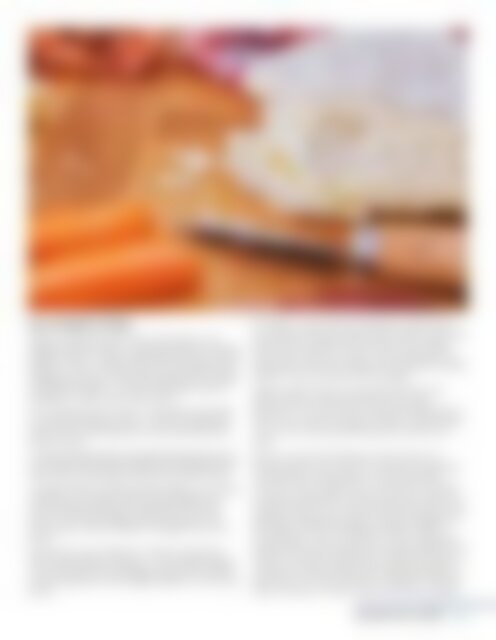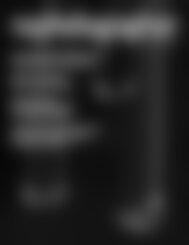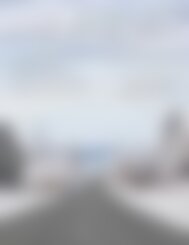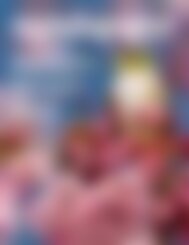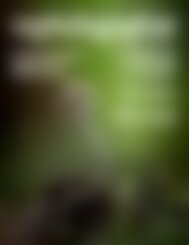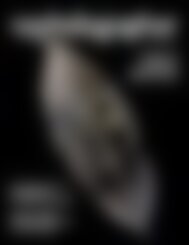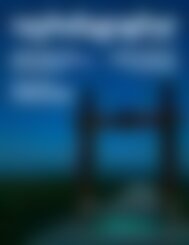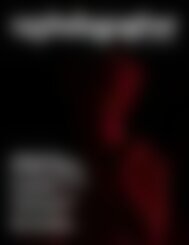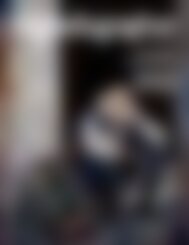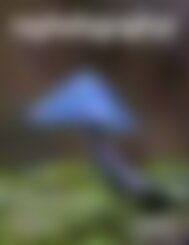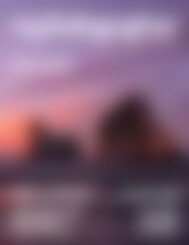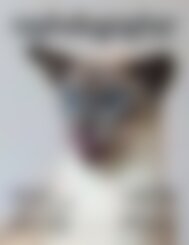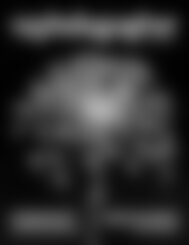NZPhotographer Issue 35, September 2020
As of December 2022, NZPhotographer magazine is only available when you purchase an annual or monthly subscription via the NZP website. Find out more: www.nzphotographer.nz
As of December 2022, NZPhotographer magazine is only available when you purchase an annual or monthly subscription via the NZP website. Find out more: www.nzphotographer.nz
You also want an ePaper? Increase the reach of your titles
YUMPU automatically turns print PDFs into web optimized ePapers that Google loves.
IMAGE 5<br />
Use of Depth of Field<br />
Depth of field broadly refers to the parts of an<br />
image that are in focus. I generally prefer a shallow<br />
depth of field – shallow because only a part of the<br />
image is in focus. All but one of the cheese board<br />
images were shot at f2.8 (wide aperture) to create<br />
that shallow depth – an easy technique used to<br />
highlight a ‘hero’ part of the scene.<br />
For overhead shots where it is generally desirable<br />
to have everything in focus, I can still usually get<br />
away with a wide aperture as the required focus<br />
plane is small.<br />
A wide aperture allows more light through the lens so<br />
I can use a faster shutter speed when shooting handheld,<br />
without necessarily having to increase my ISO.<br />
A shallow depth of field really enables you to draw<br />
attention to a smaller area of the image and is<br />
worth experimenting with. Examples of this are<br />
shown on the next page where I've shown the<br />
focus point of each image to highlight the focus<br />
plane.<br />
Notice how your attention is drawn toward the<br />
front of the platter in frame 1 – the cheese stands<br />
out as the hero of the image because it is central<br />
to the image and is the largest object on the focus<br />
plane.<br />
In frame 2, I have kept the aperture wide at f2.8<br />
but shifted the focus plane further back toward the<br />
centre of the platter by focusing on the cheese<br />
knife. Here, the eye is drawn to the knife given its<br />
placement within the image and it being the tallest<br />
object in focus (central to the image).<br />
Objects both in front of and behind that focus<br />
plane remain quite blurred given the wide<br />
aperture. To my eye (this is a personal preference)<br />
this is not as nice an image as frame 1 given there<br />
is too much of the platter blurred in front of the<br />
knife.<br />
We can control the blurriness (and amount of<br />
bokeh) either side of the focus plane by adjusting<br />
our aperture. For example, I can increase the<br />
amount of the image in focus simply by choosing<br />
a narrower aperture. Frame 3 shows this nicely. By<br />
stopping down to f9 I am decreasing the size of the<br />
aperture, allowing less light in but also deepening<br />
the depth of field. The deeper depth of field in<br />
this example, I think, produces a more interesting<br />
image (with more for the eye to easily explore). This<br />
really is a personal preference though and there is<br />
no right or wrong answer when selecting depth of<br />
field unless you are working to a specific customer<br />
brief of course, in which case what they say goes!<br />
<strong>September</strong> <strong>2020</strong> 63


